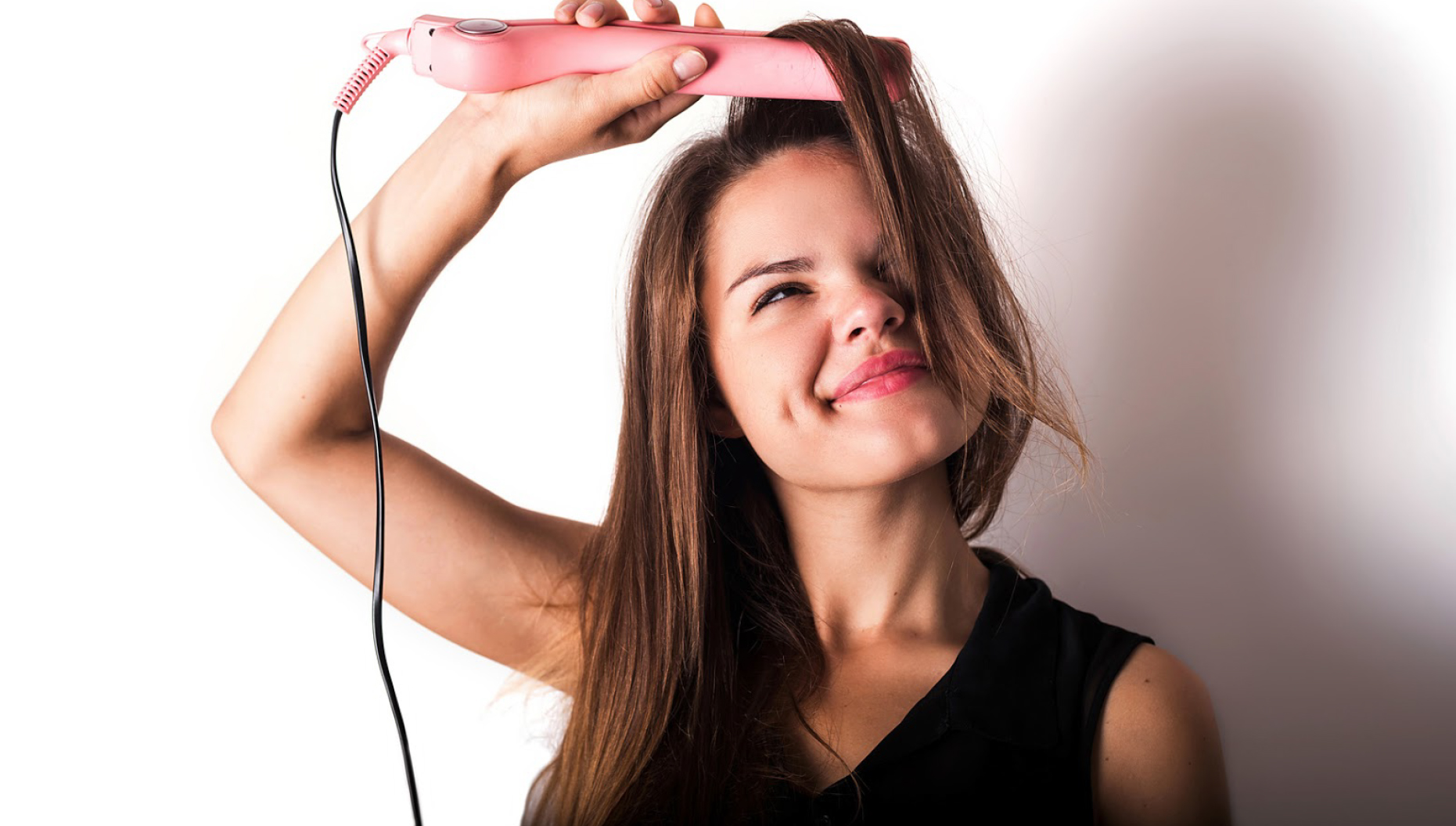Whether you have a mild wave or a serious curl to your hair, altering it with a pair of hair straighteners to a smooth, sleek and mostly importantly straight version of itself is something we often crave. There are plenty of tongs, straighteners or flat irons available, depending on what you call them but how do you use them without damaging your hair?
Getting the right products
Avoiding damage to your hair when straightening it starts with the right products and top of the list are the straighteners themselves. There are loads of articles around to tell you about the different brands and products but there are a few basic rules to remember when choose any of them.
For starters, don’t go for the budget option if you can avoid it. Look for straighteners with adjustable temperature and features such as auto-shut off to avoid them burning themselves out. Look for ones that are lightweight so your arm doesn’t ache too much.
As well as the right straighteners, you also need the right hair products. Using a good quality shampoo and conditioner before you straighten helps to prepare the hair and replenish moisture lost from previous styling as well as from environmental factors. Heat protectors are also a crucial product to add to your hair but should only be added from around 3 inches away from the scalp to avoid greasiness. These protect the hair and keep it looking shiny after styling.
Finally, the hairbrush you use can also help with the process and avoid breaking or damaging the hair. A round brush like the style used by hairdressers is ideal as the hair from the hairdryer can flow through and avoid burning the hair. It also makes for less broken hair strands when preparing the hair for straightening and therefore less short strands to make hair messy.
The process
Before you touch the straighteners, you need to ensure that your hair is dry so a session with the hairdryer is the first step. Don’t use the maximum heat that the dryer has but instead go through and dry your hair properly at a medium setting.
If you have longer hair, you will need to section it to properly straighten it and the right hair clips can help with this. If you over-straighten sections, this can lead to dry hair so by separating it into smaller sections, you can ensure you use the right amount of heat to straighten without damaging excessively.
Next, set the temperature of the straighteners. Try to avoid the very highest setting because this causes the most damage to your hair so leave yourself enough time to do the job properly on a medium setting.
If you noticed your ends are very dry once you have straightened, then this is a sign you need a haircut. Once removed, hair continues to grow and will be lively to straighten and look great, whereas dry hair doesn’t straighten well.
Stylish routine
Once a month, it is a good idea to give your hair a special treatment to repair the damage caused by straightening. There are lots of products available that are designed for different hair types so pick the one that best matches what your hair type is and make sure you use it at least once a month, more often if your hair is particularly dry.
Try to change your routine a little so that you don’t straighten your hair every week. Sometimes go for curling tong and have a light curl or even just use a good hair product and leave your hair untouched. This will give it a break from the rigors of styling and let it recover.

